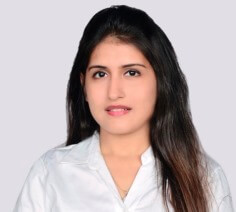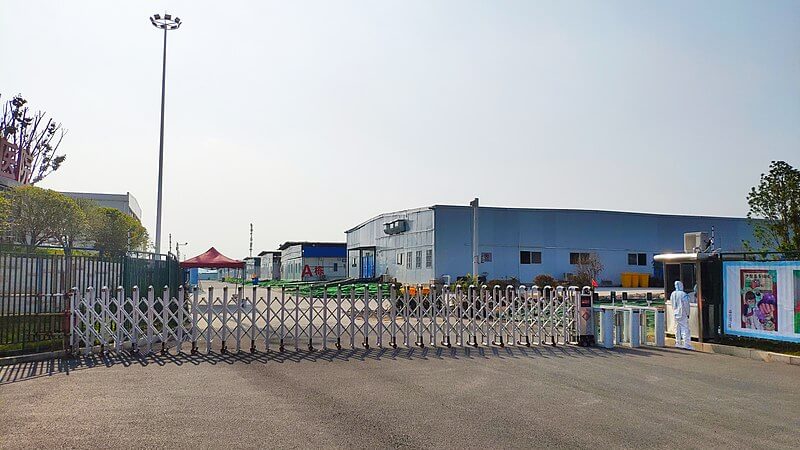Strides and Struggles: Navigating Gender Equality in India

Manika Malhotra Jain
Researcher and Coordinator,In the ongoing discourse about gender equality, the assertion that women are now deemed "equal" to men prompts a critical examination of the metrics employed for this assessment. This raises a pivotal question: is equality determined by the inherent capacities of the two genders, or does it hinge on the enabling environment shaped by political, social, and cultural factors? This necessitates a thorough evaluation of the universality or equality of the setup provided for both genders. Despite assertions of 'equality' in terms of potential, the reality reflects 'inequality' in treatment and opportunities. The journey towards attaining equality is substantial, spanning diverse dimensions—political, social, and cultural.
The 17th edition of the Global Gender Gap Report (2023) by the World Economic Forum serves as a benchmark for assessing gender parity across 146 countries. The report reveals a global gender gap score of 68.4%, indicating a marginal improvement from the previous year. Iceland maintains its position as the most gender-equal country, scoring 91.2%, followed by Nordic countries demonstrating steadfast commitment. While Health and Survival exhibit a commendable closure of 96%, Political Empowerment remains a significant challenge with a projected timeline of 162 years to bridge the gap. Educational Attainment progresses, projected to fully close in 16 years, but Economic Participation and Opportunity present persistent challenges, with a projected timeline of 169 years for full closure.
Within this context, India's progress becomes a focal point. Ascending from the 135th to the 127th position, there's a 1.4 percentage point improvement, yet the overall gender gap remains at 64.3%. Parity in education has shown improvement, but Economic Participation and Opportunity pose challenges with only 36.7% gender parity. Despite an improvement in wage and income parity, there's a concerning decline in the representation of women in senior positions and technical roles. While women constitute over 40% in local governance, the report highlights that women represent only 15.1% of parliamentarians, the highest since 2006. This emphasises the need and relevance of long-pending Women's Reservation Bill, introduced in 1996, now passed in the Lok Sabha and Rajya Sabha. The bill reserves one-third of the seats in Lok Sabha, State legislative assemblies and the Delhi assembly. The example of Nagaland, electing its first two women MLAs only in 2023 despite being a state since 1963, underscores the urgency of comprehensive reforms to enhance women's participation in political spheres and harness the full potential of India's population for economic growth and societal well-being.
India has introduced various initiatives addressing the gender gap in social, economic, and political realms. Programs like ‘Beti Bachao Beti Padhao’ focus on protecting and educating girls, laying the foundation for early gender equality. ‘Mahila Shakti Kendra’ empowers rural women through skill development, fostering economic independence. Initiatives like ‘Stand-Up India’ and ‘Mahila e-Haat’ promote female entrepreneurship. Mobilising these initiatives is crucial to leveraging progress to enhance women's participation in political spheres and ensure comprehensive societal benefits. The Global Gender Gap Report reveals that while strides have been made, the path to full gender parity requires sustained efforts to address multifaceted challenges in various dimensions of gender equality.
The October 2023 release of the Periodic Labour Force Survey (PLFS) underscores a significant rise in India's Female Labour Force Participation Ratio (FLFPR), climbing from 23.3% to 37.0?tween 2017-18 and 2022-23. Despite this positive shift, India struggles with a persistently low FLFPR, chiefly attributed to the prevalence of informal employment, where over 90% of working women endure exploitation, poor conditions, and mobility constraints. Societal barriers, deeply ingrained in patriarchal structures, prioritise domestic roles, dissuading women from formal employment.
The burden of unpaid domestic chores, compounded by mobility and safety concerns, further impedes women's participation. Numerous educated women, engaged in substantial domestic duties, are classified as full-time homemakers, excluding their economic contributions from FLFPR and GDP calculations. The State Bank of India's report estimates women's total unpaid contribution at around INR 22.7 lakh crore, approximately 7.5% of India's GDP. Economists advocate for correcting these exclusions in FLFPR calculations to provide a more accurate reflection. The Economic Survey 2022-2023, adjusting for these omissions, suggests an FLFPR of 46.2% for 2020-21. While addressing the measurement of unpaid care work is crucial for precise estimations, it's essential to ensure this doesn't fortify patriarchal norms limiting opportunities for women seeking work beyond their homes. The unequal distribution of unpaid domestic chores, coupled with traditional gender roles, contributes to women's economic dependence. This dependence, in turn, can lead to power imbalances and instances of gender-based violence. The lack of recognition for women’s substantial contributions in terms of unpaid care work further exacerbates the issue. Achieving gender equality involves not only addressing the visible manifestations of violence but also dismantling the structural inequalities that perpetuate such harmful dynamics.
The gender gap is more than statistics; it influences daily challenges and mental health. Women without education and awareness struggle to learn their rights, while empowered women navigate societal and workplace challenges. These disparities contribute to mental illnesses like depression, striking women twice as often. The struggle extends beyond education; even when empowered women seek work, they face gender pay gaps and societal restrictions. It's a complex web, emphasising the need for societal shifts. It starts with education disparities, continues in pursuing passions at home, and persists in employment challenges. This narrative extends to marriage, where women juggle roles amid gender-based challenges. Balancing responsibilities persists after marriage, a continuous journey with unique obstacles for women. A glaring gender disparity also exists in infant caregiving leave globally. Across 186 countries, this leave is exclusively reserved for women, leaving only 109 countries extending the same provision to men. In India, Eligible male employees (government employees) are entitled to 15 days leave, as opposed to a maximum of 26 weeks or 182 days for the mother. The unequal distribution of caregiving responsibilities, where women bear the majority, hinders their active participation in the workforce, perpetuating the gender pay gap or their exclusion from the workforce. It also significantly contributes to postpartum depression. Despite their efforts to play diverse roles, women often confront challenges that men do not experience to the same extent.
Achieving genuine progress in closing the gender gap in India requires more than just ambitious plans; it demands actionable strategies that are hands-on and results-oriented. Oversight is crucial to ensure initiatives turn from ideas into real impact. Tailored education and awareness campaigns are key, emphasising diverse approaches over one-size-fits-all solutions. Addressing economic opportunities means breaking down real barriers women face in workplaces, from closing the wage gap to eliminating discrimination. Political empowerment should go beyond reserved seats, tackling systemic issues that are blocking women from entering politics. Legal reforms need robust enforcement and the communities should evolve from passive observers to active contributors in fostering equality. Recognizing that this journey is a marathon, not a sprint, emphasises the importance of measuring tangible changes on the ground and adapting strategies accordingly.
Author is a researcher with PPF.









